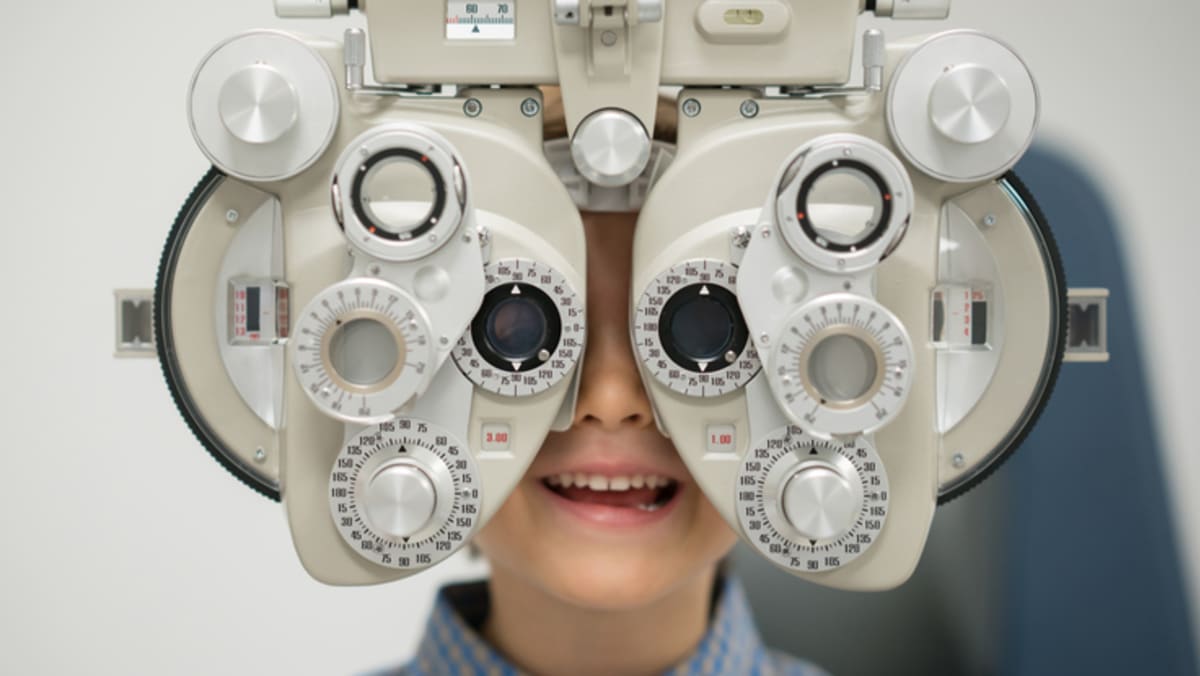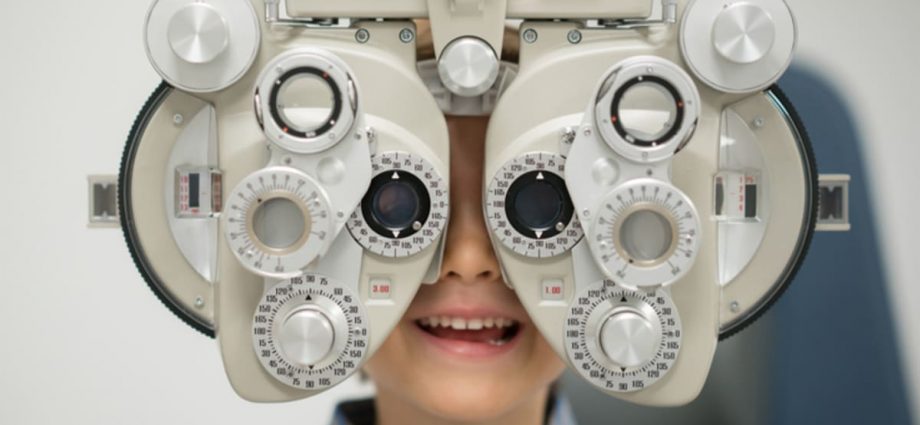
The SNEC’s Myopia Centre has also seen its visitor numbers jump over the past few years. Last year, it registered over 6,000 patient visits, more than triple the 1,728 visits in 2019. About 30 per cent of its patients suffer from high myopia.
The new AI tool is expected to help bring down these numbers by tackling cases in young Singaporeans, within the age group when myopia progression is most rapid.
SPEED AND ACCURACY
Current assessment of near-sightedness by clinicians is subjective, and can be complicated by the patients’ ability to remember information.
“When did the child start wearing glasses? That can be limited by recall bias. Do your parents have myopia? Sometimes children, or even parents themselves, don’t even know their own prescriptions,” said Assoc Prof Ang, who is also an advisor at the SNEC Myopia Centre.
“The AI tool is completely objective, and does not need subjective input from patients.”
The tool will also speed up the process as it relies on a single baseline assessment, unlike present practice where children are assessed by eye doctors over multiple sessions before diagnosis and treatment.
It uses deep learning algorithms to process retinal images and clinical data of children between six and 12 years old, and evaluates the likelihood of them developing high myopia later on in their teenage years.
This first-of-its-kind innovation is able to predict with at least 90 per cent accuracy, the SNEC said.
Researchers are currently doing a prospective study and testing the usability of the AI algorithm in a real world setting.

